PBMC Humanized Mouse Model
In Vivo Services
PBMC Humanized Mouse Model Overview
PBMC humanized mice serve as an effective model for tumor immunology research. T cells within human PBMCs proliferate in response to stimulation by mouse xenogeneic antigens, while other cell types maintain low levels or undergo premature cell death. The predominant human cells in PBMC humanized mice are T cells, making them suitable for various studies requiring T cell immune responses.
KYINNO has established a stable PBMC humanization model and screened a library of PBMC donors. These selected donors exhibit stable humanization levels, exhibit mild GVHD symptoms, and provide a drug administration window of approximately 6 weeks. These characteristics render them suitable for evaluating the efficacy of various antibody drugs targeting T cells.
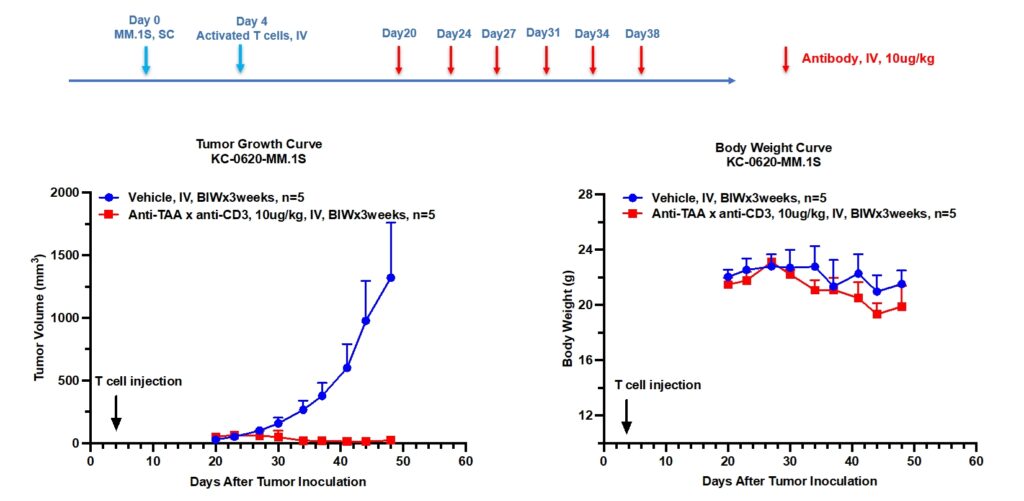
All in vivo Services
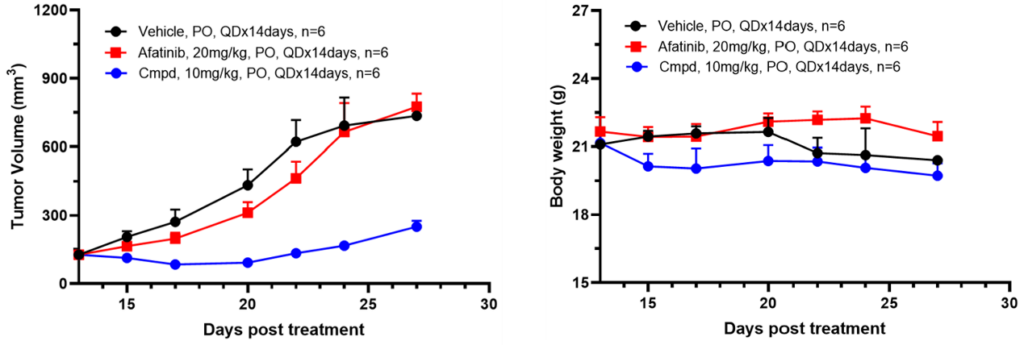
Ba/F3 Xenograft focuses on protein kinases, a cornerstone in cancer research. With FDA’s acknowledgment of kinase drugs, it offers important oncology insights aiding for deeper understanding.
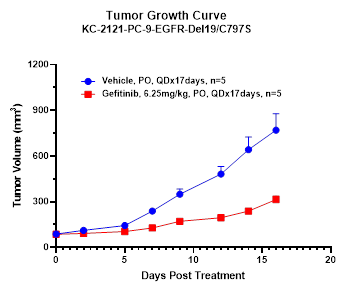
Gene-edited xenografts, utilizing tools like CRISPR/Cas9, offer precise modifications to tumor cell genomes, significantly expanding the horizons and potential of modern oncological research methodologies and insights.
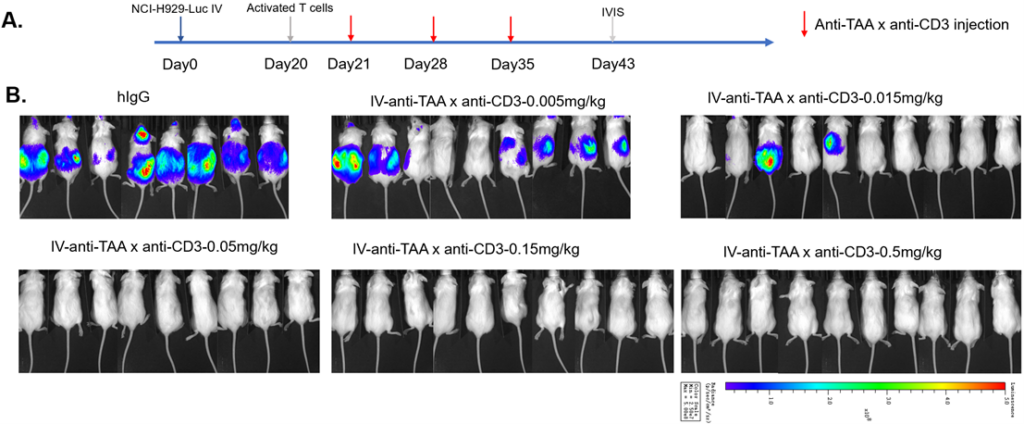
Luciferase tumor model provides insights into tumor growth and immune dynamics. Using bioluminescence, it provides real-time insights. This innovative approach deepens comprehension, advancing cancer research and promoting novel therapeutic discoveries.
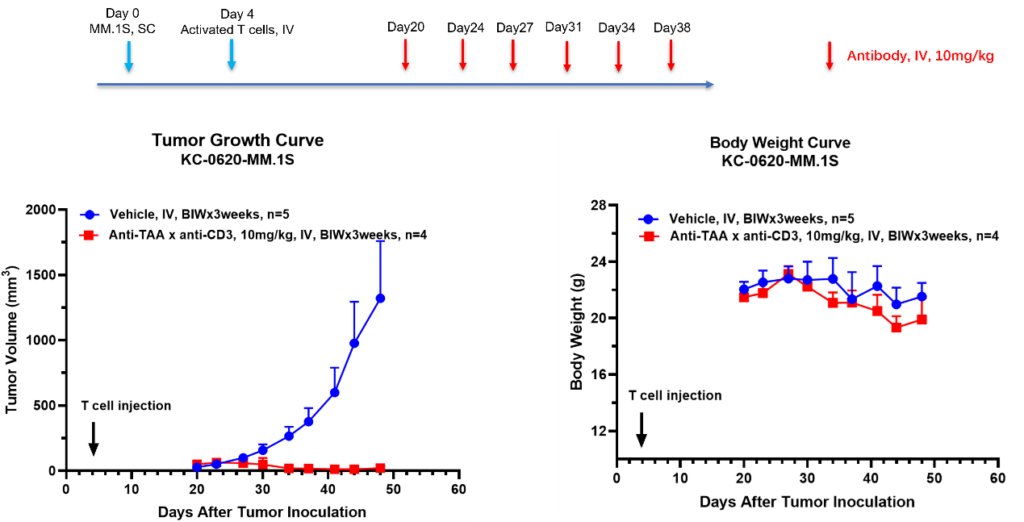
PBMC Humanized Mouse Model incorporates human T cells’ behavior, enabling detailed tumor immunology analysis. It presents a unique avenue for in-depth exploration, enriching research and offering a comprehensive study platform.
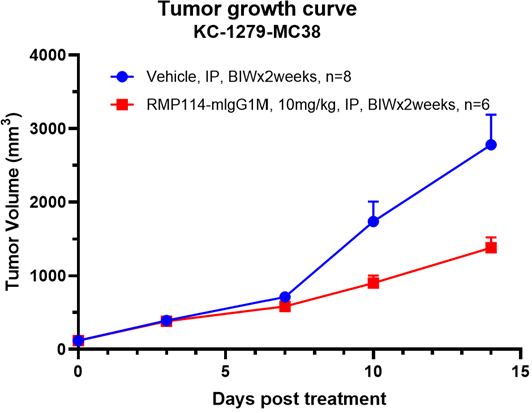
The Syngeneic Model leverages the uses of mouse-derived tumor tissues, placed into genetically similar hosts, contributing to consistency and depth in cancer studies. Ensures a genuine environment for cancer study.
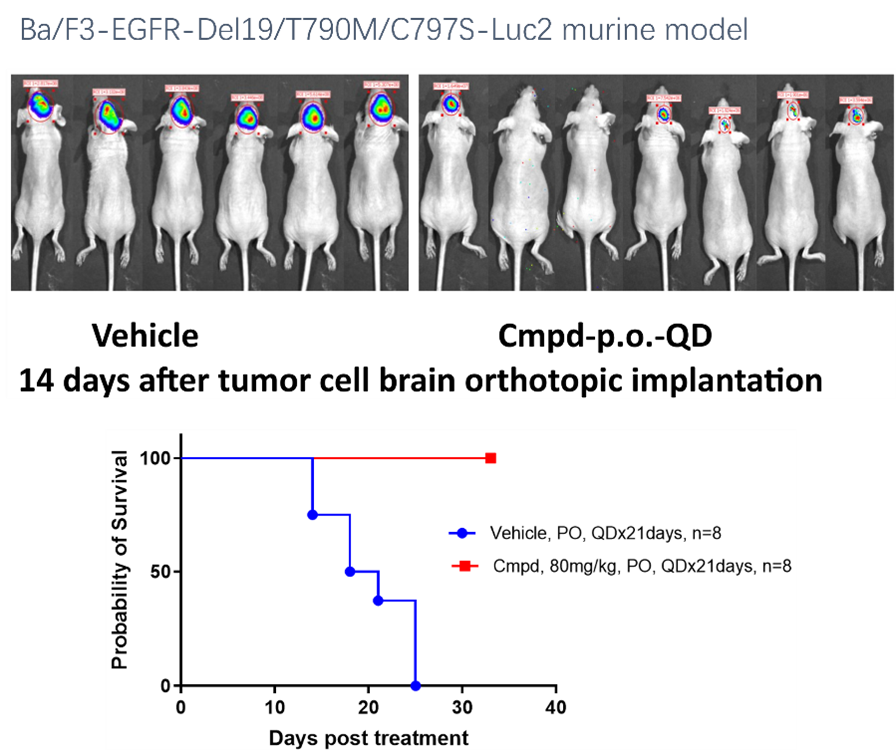
The Subcutaneous tumor models are a leading choice for evaluating anti-cancer drug efficacy, supporting clinical trials, and understanding potential treatments. Its established method is a key component in therapeutic research.
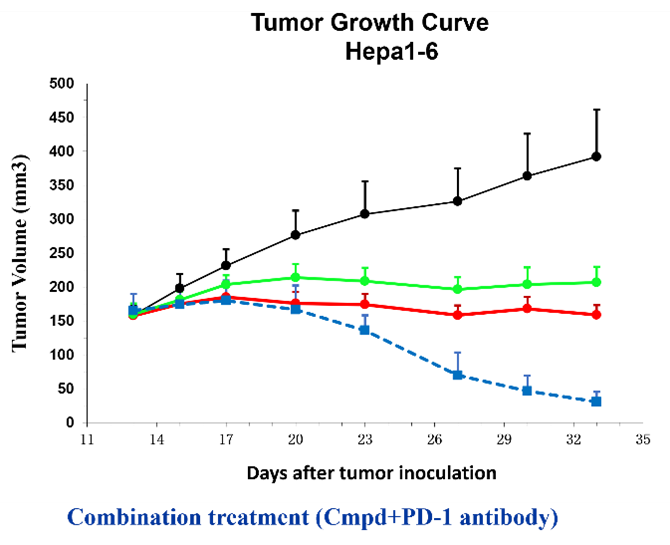
The subcutaneous tumor model is one of the most commonly used in vivo evaluation systems for assessing the efficacy of novel anti-cancer drugs. Typically, tumor …
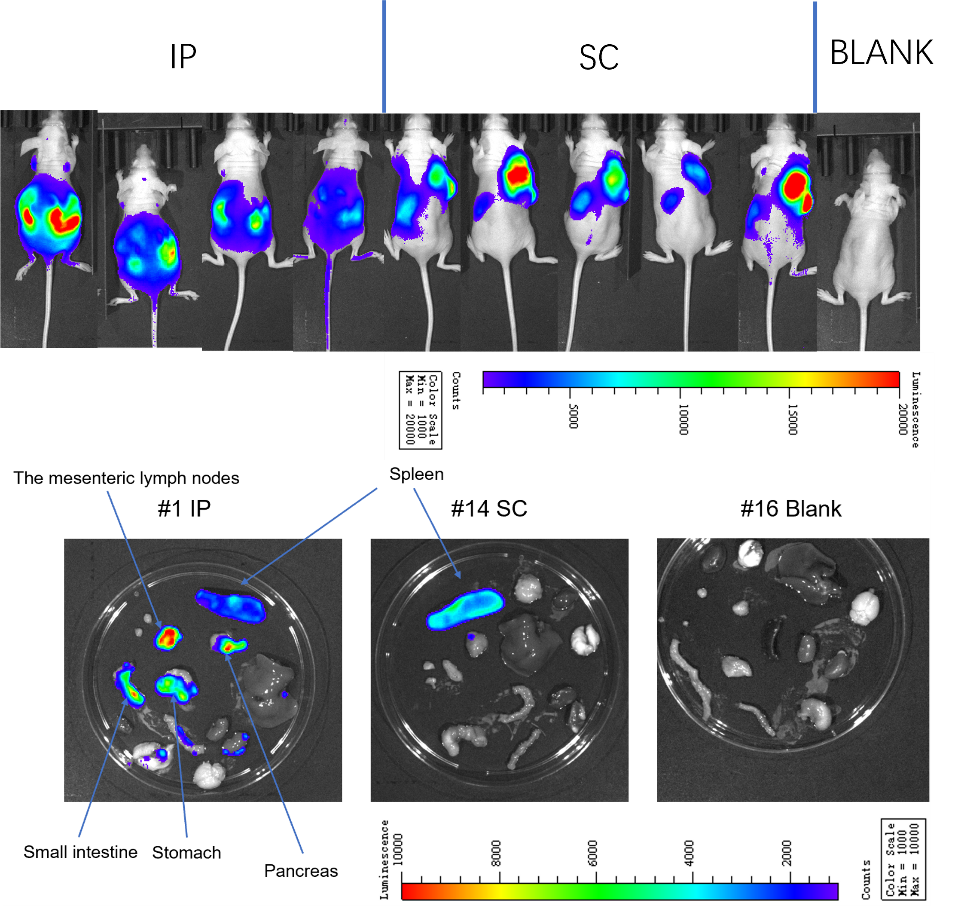
In cancer research, metastasis models are crucial tools that help us understand how tumors migrate from their original location to other parts of the body. Ba/F3 cells are a common type of tumor cell, especially in mouse models, where they exhibit metastasis.